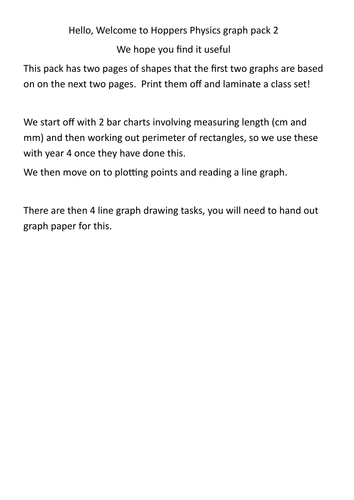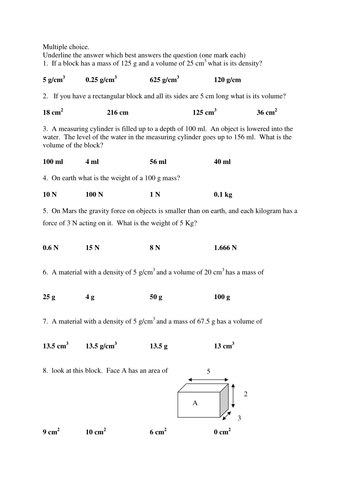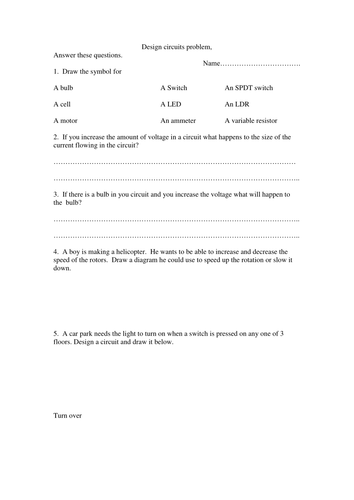Hoppersphysics's Shop
We are experienced physics teachers who teach in prep schools preparing pupils for common entrance and scholarship exams. We aim to offer an increasing range of resources for this and basic GCSE levels. Many of the resources include graduated differentiation tasks to help you walk, jog and run to an outstanding lesson.






















